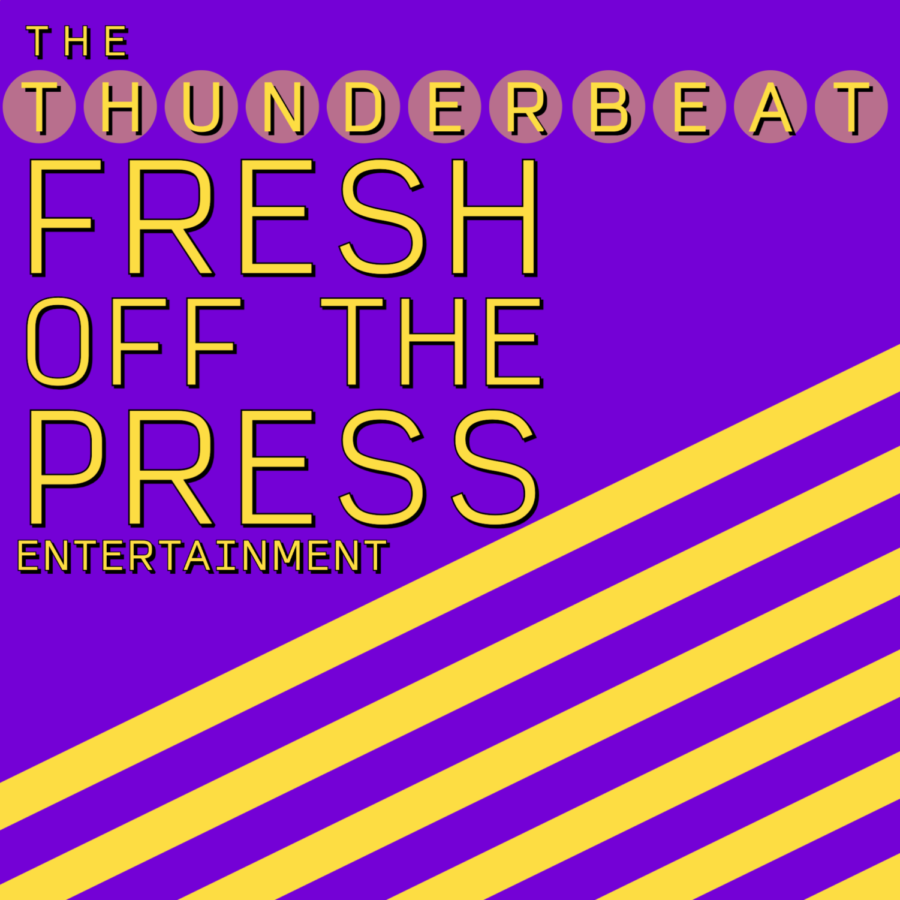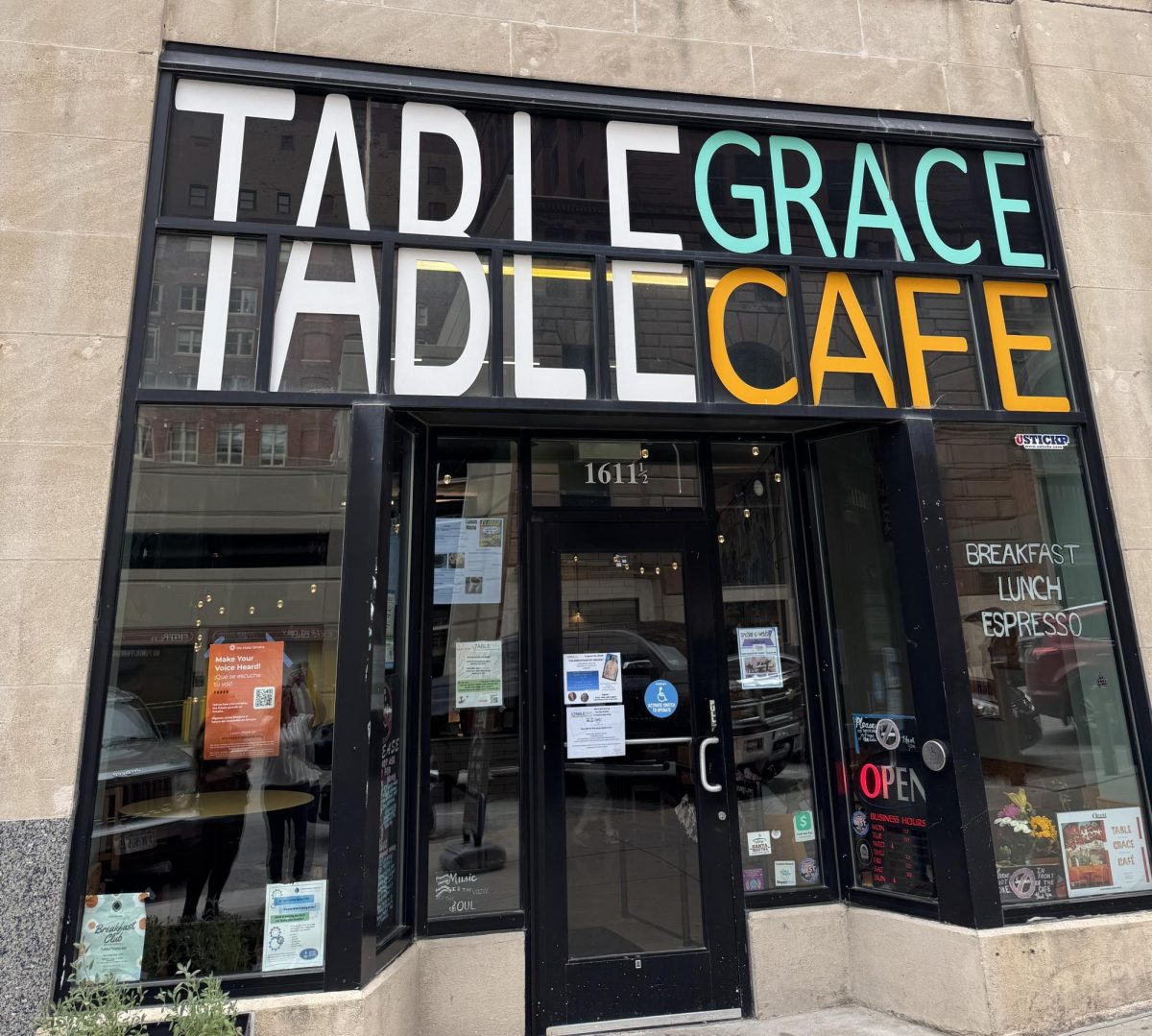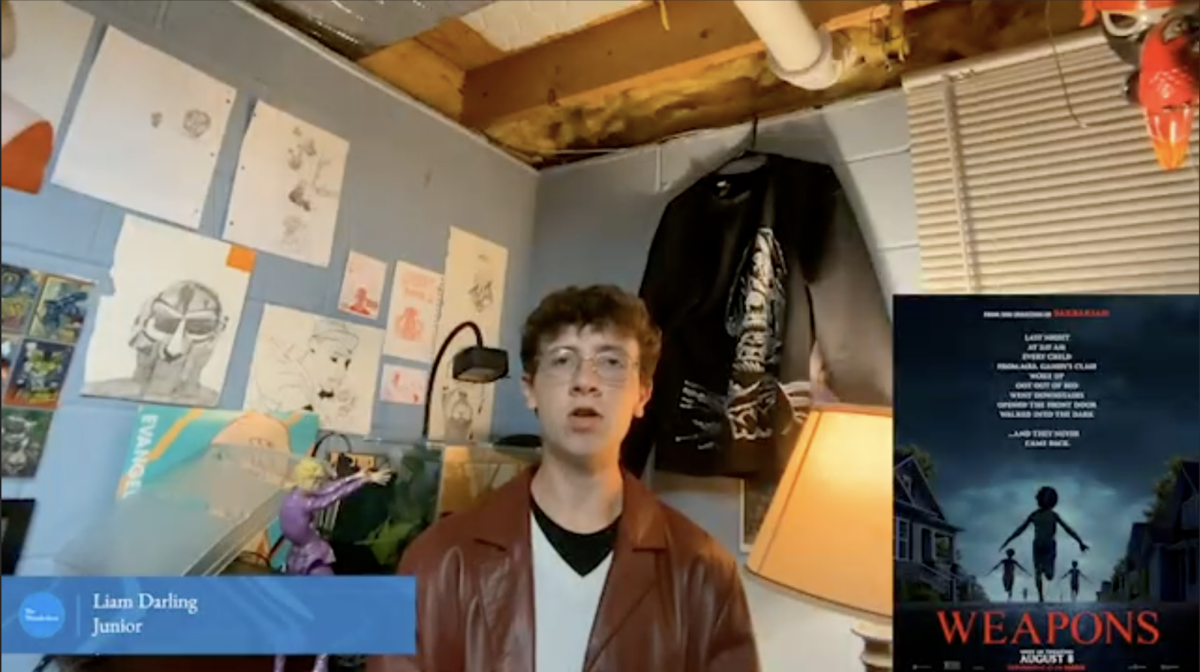E-books are a step in the right direction
Readers, we’ve come a long way in a few thousand years. From pictographs to ideographs, and from tablets made of stone to tablets made by Apple, we’ve certainly reinvented the wheel more than once. E-books, as the next step in that long lineage of writing mediums, are only an improvement over the traditional print book.
E-books are handy. Today’s technology has brought an exponential decrease in the size of electronics, making e-books as small as the device they’re on. When you need them, e-books’ instant access makes them an irresistible temptation; and when you’re finished, one swipe is all it takes to stow them away. Readable day and night, there’s few situations an e-book can’t thrive in.
But for some, simple accessibility isn’t enough. Proponents of print books argue e-books are frail, susceptible to the common problems of technological devices, namely low battery or a frozen screen. Despite these minor issues–which aren’t actually flaws of e-books themselves–electronic books are a far more resilient purchase.
For starters, ruining e-books is impossible. Own the entire “Harry Potter” series and associated cannon of the Potter-verse? That’s great! Your fears of damage will disappear faster than you can shake an invisibility cloak at. You’ll avoid tattered covers, pages falling out, strange shades of mold growing inside, coffee stains and other nastiness fit for potions class.
But, let’s say calamity strikes, and your phone, tablet or e-reader decides to take a one way trip to the Great Above. Again, have no fears; all your books can be safely stored in the cloud, granting them eternal insurance should your Kindle ever plunge into the Black Lagoon.
This is fortunate indeed, because with the price of e-books so low, it’ll be easy to accumulate a large, precious collection. Go to a brick and mortar bookstore, and you might be paying anywhere from $15 to $40 for a book, depending on its popularity and length. But e-books are almost always under $15. In fact, Digital Book World reports that the average e-book price from Aug. 2012 to June 2013 hovered around $7 to $8. A dollar goes farther with e-books.
It is at this point, having amassed a trove of literature, that the average print reader (assuming they could afford all those pricey print books) would face a quandary: where to store them? Luckily, e-books avoid this hassle.
Technology allows storage of near limitless amounts of information. Take the Kindle Paperwhite Touch. At a mere $119, the device offers storage for up to 1,100 books. Other devices offer even larger capacities, and the potential digital shelving space is miles high. Surely this possibility would enthrall any book lover; after all, without an e-reader or other electronic device, he/she would be required to go through the arduous chore of finding, shelving and maintaining the books. With e-books, a library as vast as Alexandria’s is at your fingertips–without the burden of physical storage.
Sharing e-books is just as simple. Kindle allows sharing books for two weeks at a time, and even libraries are jumping on the opportunity, as publishers like Hachette make their e-book collection available for libraries to loan.
The ultimate and irrefutable argument in favor of print books, however, is their tangibility. That tactile appeal, that tempting aroma and feel of coarse paper; it’s understandable why bookworms find print books so irresistible. For that, I must concede I’ll always love print books.
But…as a currently poor, soon-to-be poorer college student, e-textbooks are truly what tips the scales in favor of e-books. Who doesn’t want to save up to 60% when buying and 80% when renting e-textbooks?
Sorry Gutenberg, but e-books simply allow me more freedom to own, store and share the books I love.
Grant Harrison
Commentary Editor
Stick to the traditions
With technology constantly evolving and replacing more traditional ways of doing most anything, it comes as no surprise that e-books seem to be slowly but steadily replacing print books. Even though I am no less susceptible than anyone else to the temptation of new and shiny technology, when it comes to reading, I plan to stick with my books.
It’s not that I refuse to use e-books, but rather I was originally excited about them and, after downloading some, found them lacking. When I first got my iPad, one of the first things I did was happily download quite a few e-books onto it. Despite that, I still found myself reading print books, while the e-books I bought sat patiently on my virtual bookshelf, unopened, with the red label announcing “new” across it, proof that I didn’t give a second thought to the books after downloading them.
The fact is, when it comes to e-books, I rarely get as much use out of them as with a book. One of the main reasons behind this is, besides the fact that I enjoy reading books more, I simply forget they are there. Though ebooks are generally cheaper than print, it is a waste if I’m not going to read them when I know I will read print books, probably even multiple times.
Another problem I have with e-books is lending and borrowing them. Though there are a few sites that allow you to lend or borrow e-books, they have time restrictions and it tends to be a tedious process. For example, to loan a friend a Kindle book, there is a two week limit and they must accept the book loan through their email. Also, some books are unable to be borrowed.
The virtual lending and borrowing of e-books leads right into something else lacking in e-books. E-books, like all the social media that we are so enamored with, takes other people out of the equation. When going to the library or a bookstore, whether you are browsing the aisles at Barnes and Noble, talking to the people at the checkout and the librarians, getting book recommendations, or ducking behind the shelves to avoid having to make awkward small talk with that one person that was in your algebra class last year, those (perhaps not the last one, I don’t often see people from school at the bookstore) all turn reading books into a more social experience. E-books completely eliminate that, since you can easily buy and download whatever books you want without even getting up off the coach.
E-books are also a package deal with any technical problems that you have with your e-reader, phone or whatever you prefer to read them on. Even if it is simply it running out of power, or the app crashing, it’s rather annoying to have to stop reading in the middle because of technical problems. Also, they could be deleted or have problems downloading, among other difficulties that just aren’t a concern with print books.
Of course, all of these reasons are really just minor problems I have with e-books. The true reason that I don’t like using them is that, quite simply, I enjoy holding a paper book in my hands. Though I’m definitely attached to my iPad, it just doesn’t have the same effect as holding one of my abused looking, creased paperbacks. And, of course, there is nothing quite like having shelf after pretentious shelf of print books; having a virtual library just isn’t nearly as visually impressive.
Though e-books do have their advantages, like being able to carry around much more of them while only using up the space of an e-reader or the convenience of not having to go out to get a book, I am going to be sticking with my paper books, at least until they stop printing them.
Megan Yanders
Reporter













